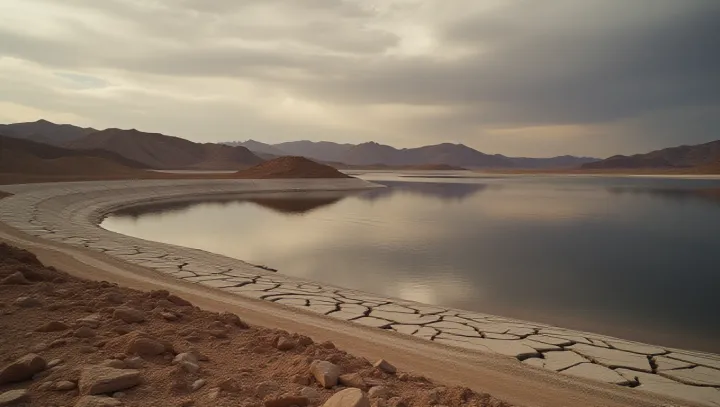Lake Mead: A Man-Made Marvel

Nestled in the American Southwest, Lake Mead stands as the world's largest artificial lake, covering an impressive 640 square kilometers. This engineering marvel, formed by the Hoover Dam on the Colorado River, is a critical resource for residents and agriculture in the region. Despite its grandeur, Lake Mead confronts growing challenges that threaten its future.
A prolonged drought, intensified by climate change, has significantly reduced its water levels. Experts are concerned about the ecological impacts and the implications for water supply to millions of Americans who rely on the reservoir. The lake's diminishing capacity has sparked heated debates among policymakers and environmentalists.
Strategies to address these issues include water conservation initiatives and investment in infrastructure to better manage the available resources. Such efforts are paramount to safeguarding the region's water security and ecological balance. In the context of global environmental changes, Lake Mead's situation serves as a stark reminder of the fragile balance between human needs and nature.
Continuous efforts and innovative solutions are essential to ensure that this vital water source can sustain future generations.
